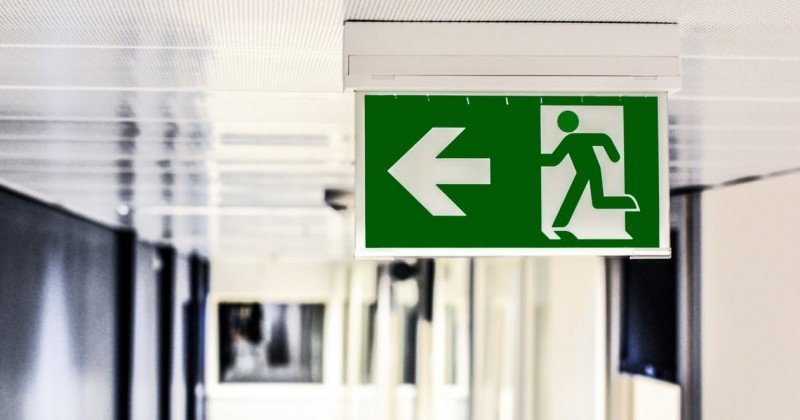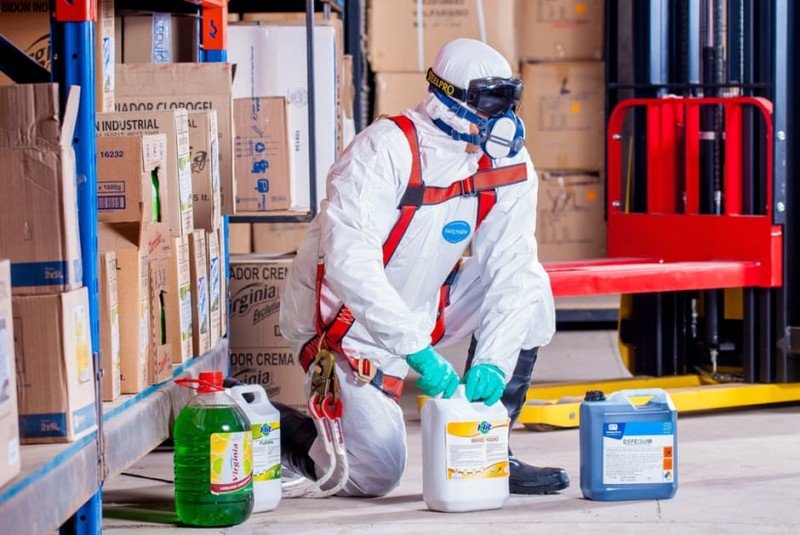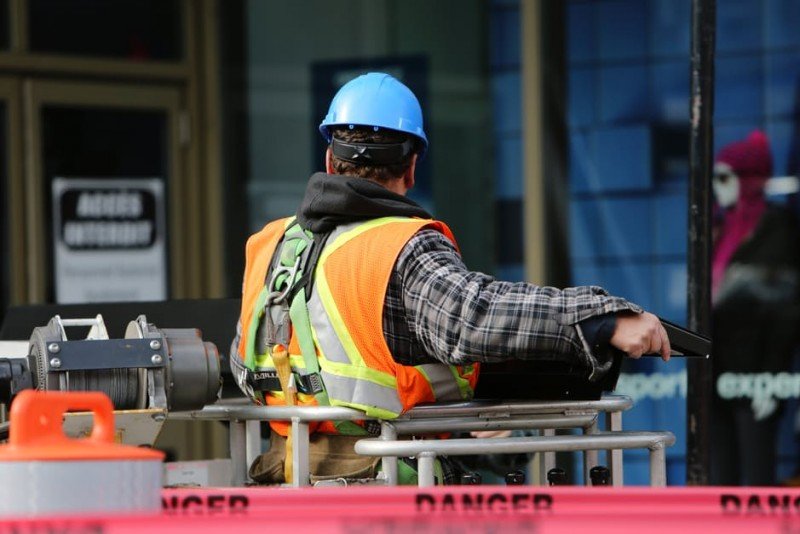
By Noelle West, TSheets.com
In a recent survey about GPS tracking in the workplace, more than two-thirds of employees who had been tracked by GPS indicated that safety is one of the most compelling benefits they see from GPS technology.
In work environments with mobile employees, employees spread across multiple locations and job hazards — particularly construction, landscaping, road work, service providers and health and safety professionals — the safety benefits that go hand in hand with workplace GPS tracking are particularly compelling.
While GPS has something of a notorious reputation, the same survey revealed that naysayers are overwhelmingly employees without experience using the technology. Only 5 per cent of employees with prior experience using workplace GPS had a negative opinion of the technology, while 38 per cent of employees who didn’t have experience with workplace GPS had a negative opinion.
Why? It seems clear the benefits of workplace GPS — safety included — aren’t as readily apparent until employees use this technology. It’s a point that business owners planning to introduce GPS tracking to their workforce would do well to remember, for the sake of a smooth transition and the safety of their employees.
Workplace GPS tracking can improve safety protocols in the workplace in all of the following ways:
- Accounting for employees in emergency situations. When it comes to emergencies, planning for the worst while hoping for the best is always the best strategy. GPS tracking allows employers to quickly get a head count and location of all employees, allowing rescue efforts and news of ‘all accounted for’ to deploy far more rapidly and efficiently. Every second counts in a dangerous situation, and GPS tracking can save precious minutes, seconds and even hours.

2. Tracking harmful substances. Approximately 500 substances have been restricted with WELs, or Workplace Exposure Limits. These substances can have a long-term, detrimental impact on workers’ health if not very carefully monitored. Through remote tracking with GPS devices that also monitor the levels of these toxic substances, employees can work uninterrupted but safely, with the assurance that if exposure limits are breached, they’ll be alerted in real time.

3. Ensuring compliance with the highway code. Are employees speeding or otherwise violating the rules of the road (perhaps because of unrealistic expectations for jobs or shifts)? GPS helps provide concrete data to ensure that everyone is able to travel safely while on the job.
4. Protection from unfounded complaints or accusations on the job. When something goes awry on the jobsite, with a customer or with a particular project, GPS can be an invaluable tool to verify locations during the time frame in which the problem occurred — protecting employees and employers from potential fallout. For instance, if neighbours complain of noise violations and point the finger at your employees, it’s easy to show where everyone was at the time of the complaint.

5. Alert employers for backup. In many industries, workplace risks can arise unexpectedly and in remote locations. For instance, home healthcare providers, who are four times as likely as the general population to be victims of violence while on the job, have tested GPS technology as a way to transmit their location and call for help if they feel threatened at work.
6. Biometrics and GPS to monitor alertness. It’s important for all employees to stay awake and alert on the job. But in some industries, it’s a matter of life and death. Some mining companies are beginning to use GPS and biometrics to monitor EEG brain waves to detect whether or not workers are getting sleepy.
Safety is the primary concern for employees and employers alike, when potentially hazardous working conditions are either inherent to the job or likely to arise in the course of a day’s work. And when time, money and health are on the line, a safeguard like GPS tracking — which might at first seem suspicious to employees who aren’t familiar with the technology — quickly becomes a valuable tool to protect both workers and employers.

Noelle West
Noelle works for the employee time tracking company TSheets, based in Boise, Idaho. She has degrees in Spanish translation and editing, which paved the way for a career in marketing — and watching the occasional telenovela.
Approaches to managing the risks associated Musculoskeletal disorders
In this episode of the Safety & Health Podcast, we hear from Matt Birtles, Principal Ergonomics Consultant at HSE’s Science and Research Centre, about the different approaches to managing the risks associated with Musculoskeletal disorders.
Matt, an ergonomics and human factors expert, shares his thoughts on why MSDs are important, the various prevalent rates across the UK, what you can do within your own organisation and the Risk Management process surrounding MSD’s.






[…] The hidden safety benefits of workplace GPS tracking. […]
Hi what is the difficulties to implement legal compliance in construction site?